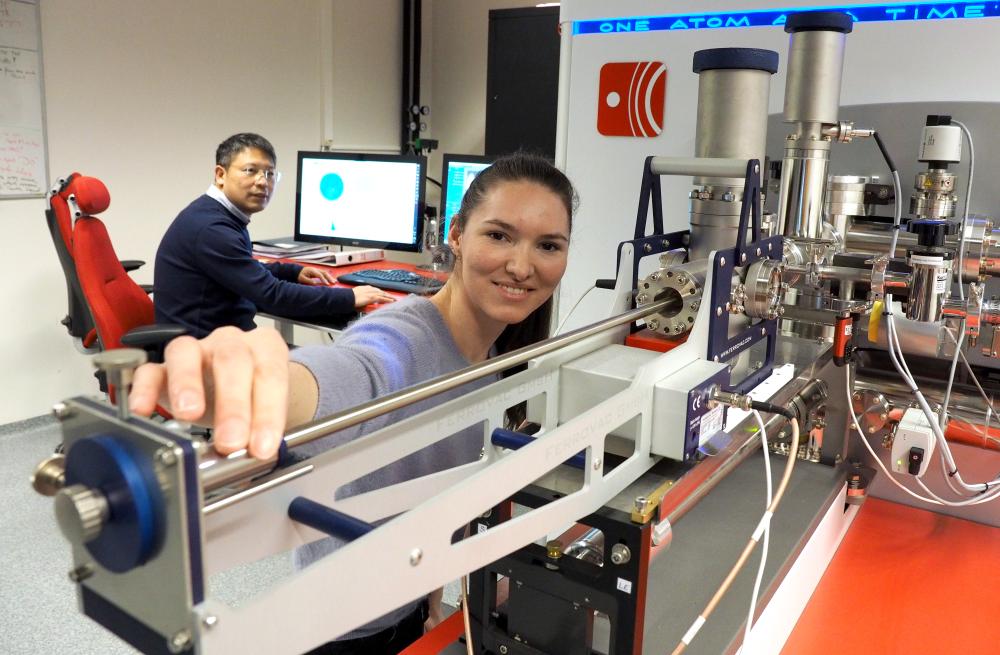RA 1: Multi-scale material analyses - SFI PhysMet
Multi-scale material analyses
– Research area 1

Objectives
- Develop a world leading platform and corresponding methodologies for multiscale and multidimensional structure characterisation and high-sensitivity chemical analysis of metals, alloys and advanced nanomaterials.
- Contribute to other RAs by providing detailed characterisation information, revealing in-depth mechanisms, providing reliable experimental data, and validating through-process modelling.
Approach and methodology
- Determine chemistry of joints, oxide layers, grain and interphase boundaries
- Study microstructures in rapidly solidified / AM components
- Utilize advanced image analysis and apply machine learning methods
- Use tomography techniques to extract 3D information
- Do in-situ heat treatment in SEM/EBSD and TEM/SPED
Challenges
Develop correlative use of TEM and APT
State-of-the-art TEM and APT are complementary and provide experimental data on the crystal structure and chemistry down to the atomic scale - crucial for developing and validating atomic scale simulations and micro scale through-process models.
Develop and establish a framework for multiscale studies of material joints
The multiscale microstructure and complicated chemistry created when dissimilar materials (e.g. steel-Al) are joined together require use of the entire characterisation toolbox.
Establish in-situ characterisation techniques
Advanced in-situ characterisation tools will be utilized to quantify the kinetics of microstructure evolution during solidification, heat treatment and deformation, at several length and time scales.

